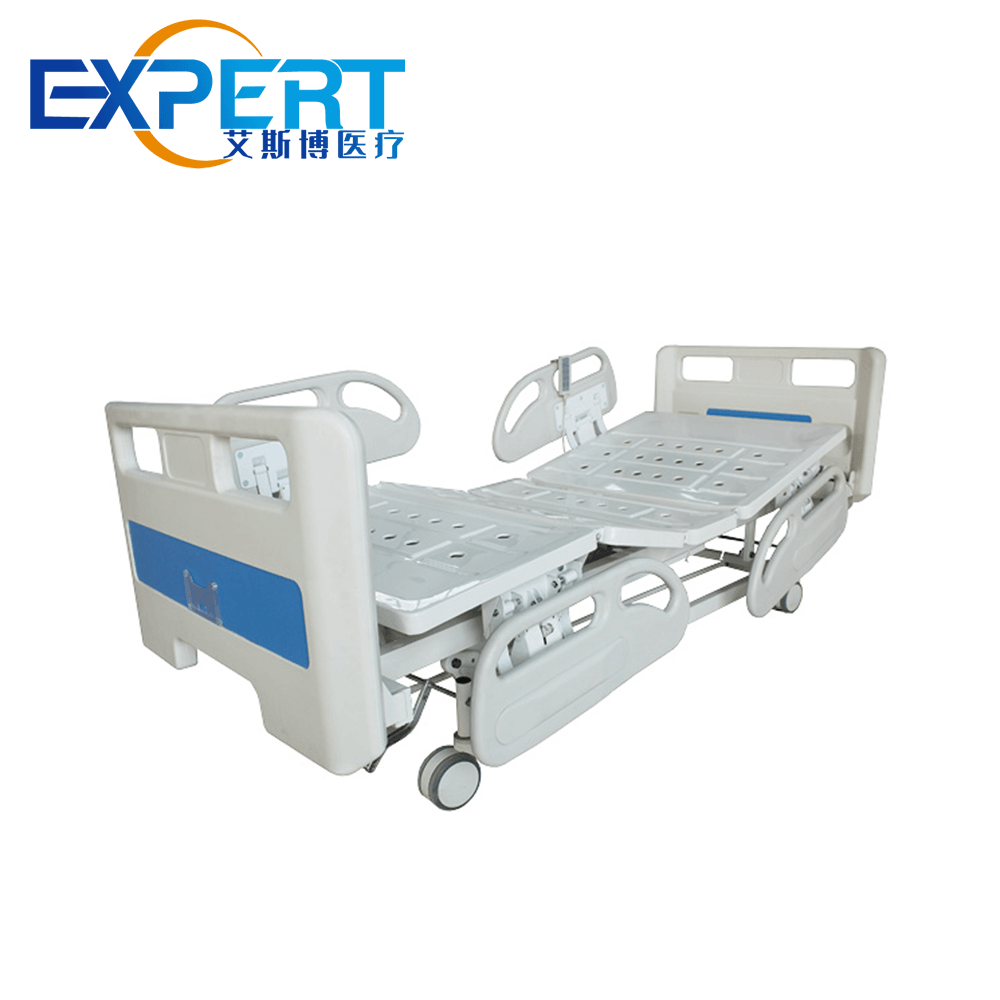Adresse
304, rue Cardinal Nord
Centre Dorchester, MA 02124
Heures de travail
Du lundi au vendredi : 7h - 19h
Week-end : 10h - 17h
Effective hospital bed management is crucial for providing quality healthcare services, ensuring patient safety, and optimizing hospital resources. In 2024, with the continuous advancements in medical technology and increasing patient demands, efficient hospital bed management has become more important than ever. This article will delve into the top strategies for effective hospital bed management, providing insights and practical solutions to improve hospital operations.

One of the key strategies for effective hospital bed management is the implementation of advanced bed management software. This software is designed to address the complexities and challenges associated with managing hospital beds, ensuring that patients receive timely care and that hospital resources are used efficiently. The primary goal of such software is to provide real-time visibility into bed occupancy and availability, streamline patient admissions and discharges, and improve overall hospital operations.
Advanced bed management software provides real-time monitoring and tracking of bed occupancy. This means that hospital staff can instantly see which beds are occupied, which are available, and which are expected to become available soon. This real-time visibility is crucial for making informed decisions about patient placement and resource allocation. For instance, if a patient needs to be admitted urgently, the software can quickly identify an available bed, reducing waiting times and improving patient satisfaction.
Another significant feature of advanced bed management software is predictive analytics. By analyzing historical data and current trends, the software can forecast future bed availability. This predictive capability allows hospitals to anticipate periods of high demand and plan accordingly. For example, during flu season or other peak times, the software can predict increased admissions and help the hospital prepare by ensuring that beds are available and adequately staffed.
Effective hospital bed management requires seamless coordination and communication between different departments and staff members. Advanced bed management software facilitates this by providing a centralized platform where all relevant information is accessible. Hospital staff can update bed status, communicate patient needs, and coordinate discharges and transfers in real time. This enhanced communication reduces delays, minimizes errors, and ensures that patients receive the care they need promptly.
Advanced bed management software is often integrated with other hospital systems, such as electronic health records (EHR), patient management systems, and resource scheduling tools. This integration ensures that all patient information is up-to-date and easily accessible, further improving the efficiency of hospital operations. For example, when a patient is discharged, the software can automatically update the EHR and notify housekeeping staff to prepare the bed for the next patient.
In addition to real-time monitoring and predictive analytics, advanced bed management software provides comprehensive data analytics tools. These tools analyze patterns and trends in bed usage, patient flow, and other key metrics. By leveraging this data, hospital administrators can identify areas for improvement, optimize processes, and make data-driven decisions. For example, if the data reveals frequent bottlenecks in patient discharge, the hospital can implement targeted strategies to address this issue.
| Caractéristique | La description |
|---|---|
| Real-time Monitoring | Tracks bed occupancy status continuously, allowing for immediate updates and decisions. |
| Predictive Analytics | Uses historical data and trends to predict future bed availability, aiding in proactive planning. |
| Enhanced Coordination | Facilitates real-time communication and updates between departments, improving workflow and patient care. |
| Integration with Other Systems | Ensures seamless access to up-to-date patient information, enhancing overall efficiency. |
| Data Analytics | Provides insights into patterns and trends, helping hospitals to continuously improve their bed management strategies. |









Effective hospital bed management heavily relies on optimizing patient flow and discharge planning. Efficient discharge planning ensures that patients are discharged in a timely manner, freeing up beds for new admissions. This involves coordination between healthcare providers, patients, and their families to ensure that post-discharge care is adequately planned and resources are available.
| Step | Action |
|---|---|
| Early Discharge Planning | Begin planning for discharge as soon as the patient is admitted. |
| Multidisciplinary Approach | Involve doctors, nurses, social workers, and therapists. |
| Post-Discharge Follow-up | Arrange for follow-up appointments and home care services. |
Effective communication and coordination between different hospital departments are essential for managing hospital beds efficiently. This can be achieved through regular meetings, clear protocols, and the use of communication tools that ensure all staff members are informed about bed status and patient needs.
| Strategy | Mise en œuvre |
|---|---|
| Regular Meetings | Schedule meetings to review bed availability and patient flow. |
| Clear Protocols | Develop and implement standardized protocols for bed management. |
| Communication Tools | Use technology to facilitate real-time communication. |
The adoption of telemedicine and remote monitoring technologies can significantly improve hospital bed management. These technologies enable the continuous monitoring of patients at home, reducing the need for hospital stays and allowing for early discharge. Telemedicine also facilitates virtual consultations, which can prevent unnecessary hospital admissions.
| Avantage | La description |
|---|---|
| Reduced Hospital Stays | Patients can recover at home while being monitored remotely. |
| Virtual Consultations | Healthcare providers can conduct follow-ups virtually. |
| Amélioration des résultats pour les patients | Continuous monitoring ensures timely medical intervention. |

A well-trained and empowered staff is critical for effective hospital bed management. Regular training programs on bed management protocols, patient flow processes, and the use of technology can enhance staff efficiency and productivity. Empowering staff to make decisions related to bed allocation and patient discharge can also improve overall bed management.
| Training Area | Focus |
|---|---|
| Bed Management Protocols | Standard protocols and procedures for managing beds. |
| Technology Use | Efficient use of bed management software and tools. |
| Patient Flow Processes | Importance of optimizing patient flow for bed availability. |
Effective hospital bed management is essential for providing quality healthcare and optimizing hospital resources. By implementing advanced bed management software, optimizing patient flow, enhancing communication, utilizing telemedicine, and training staff, hospitals can significantly improve their bed management processes in 2024. These strategies not only enhance patient care but also ensure efficient use of hospital resources.
Hospital bed management involves the efficient allocation and utilization of hospital beds to ensure optimal patient care and resource management.
Technology, such as advanced bed management software, telemedicine, and remote monitoring, can provide real-time data, predict bed availability, and facilitate patient flow, thus improving hospital bed management.
Discharge planning ensures timely patient discharge, freeing up hospital beds for new admissions. It involves coordinating post-discharge care and resources, which is crucial for effective bed management.
Training equips staff with the necessary knowledge and skills to manage hospital beds efficiently. It includes training on bed management protocols, patient flow processes, and the use of technology.
Telemedicine reduces the need for hospital stays by allowing patients to be monitored at home. It also facilitates virtual consultations, preventing unnecessary hospital admissions and optimizing bed usage.
